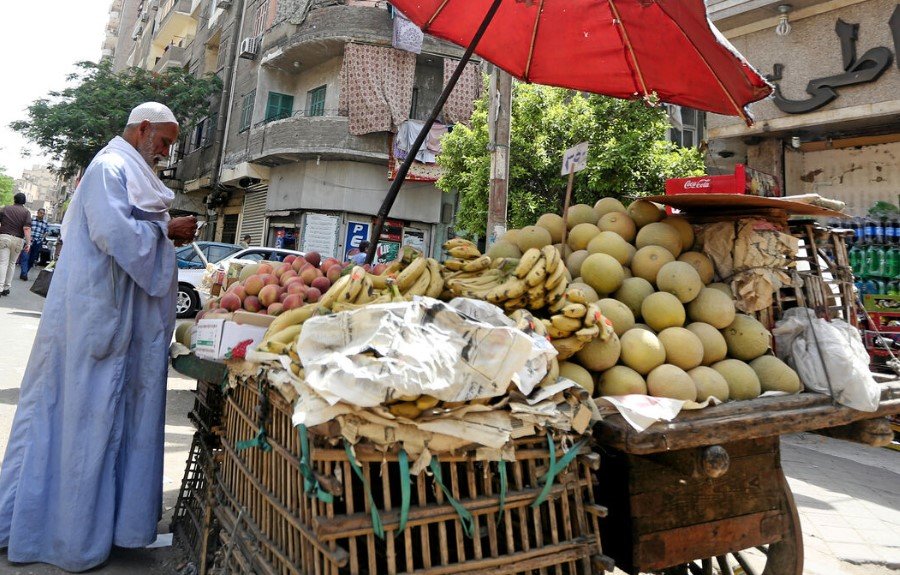Egypt has sealed over $900 million in debt-for-development deals with three major economies—Germany, Italy, and China—as it looks for breathing room in the face of swelling debt obligations and surging repayment costs.
The announcement came from Rania Al-Mashat, Egypt’s Minister of Planning and Economic Development, during a high-level panel at the Fourth International Conference on Financing for Development (FfD4) in Spain. The revelation adds urgency to mounting calls for a fundamental rethink of how debt is managed across the Global South, especially in Africa.
Al-Mashat didn’t sugarcoat the state of things. External debt for low- and middle-income countries hit $8.8 trillion last year, and the price of servicing that debt? A jaw-dropping $1.4 trillion—almost double what it was just ten years ago.
Why Debt Swaps Are Back on the Table
Debt swaps aren’t new. But for countries like Egypt, they’re suddenly looking a lot more attractive again.
Basically, instead of sending hard currency out the door to pay international creditors, these deals allow countries to redirect that money into agreed-upon domestic projects—things like education, infrastructure, healthcare, and climate adaptation. Everyone wins—on paper, at least.
Germany and Italy are the major Western partners in this latest round. While exact breakdowns haven’t been released yet, previous German-Egyptian swaps have focused on sustainable development, technical education, and renewable energy. Italy has leaned into culture, tourism, and environmental projects.
Then there’s China. Cairo’s new debt swap deal with Beijing is being closely watched. This is the first time Egypt has struck such a deal with China—a country that has traditionally preferred strict loan repayment, often with interest. What this shift signals could be huge.

China’s Involvement Raises Eyebrows — and Hope
To some, China’s participation marks a notable softening in Beijing’s tone on African and Middle Eastern debt. For years, critics have accused China of trapping nations in “debt diplomacy”—offering infrastructure loans that countries can’t possibly repay, then swooping in to seize strategic assets when defaults happen.
But this new approach, Al-Mashat suggested, may point to a broader rethink.
“The fact that China is engaging in debt swaps is a sign that major creditors are starting to realize the system is unsustainable,” one North African diplomat said off the record. “It’s either restructure or watch countries implode.”
Still, skeptics remain. Some observers warn that unless debt swaps come with transparency and flexibility, they risk becoming cosmetic PR tools rather than real fiscal relief.
Development Projects Get a Lifeline
The deals come at a crucial time. Egypt’s public finances are stretched thin—pounded by inflation, the fallout of multiple currency devaluations, and the cost of importing essentials like wheat and fuel.
Yet development can’t just pause.
That’s where these debt swaps come in. Instead of throwing money at interest payments, the funds now get rerouted. And Egypt is hungry to show where they’re going.
-
Renewable energy programs in Upper Egypt
-
Expanding vocational training centers for youth
-
Rebuilding rural healthcare clinics and maternal care units
-
Cultural preservation projects aimed at boosting tourism
“We’re aligning these swaps with our national priorities and SDGs [Sustainable Development Goals],” Al-Mashat told the audience in Madrid.
Even modest wins here could free up domestic spending, improve basic services, and—perhaps most crucially—buy time.
Pressure Mounts on Global Financial Reform
Al-Mashat didn’t mince words about the larger crisis. She warned that more than 60% of low-income countries are now either in or hovering close to debt distress. The trajectory, if nothing changes, is bleak.
Without structural shifts, she said, global public debt could exceed 100% of world GDP by 2030.
Her message echoed louder because she wasn’t alone. Delegates from sub-Saharan Africa, Southeast Asia, and Latin America repeated similar frustrations: the financial architecture isn’t working. It’s old, biased, and stacked against countries with the fewest options.
And while debt swaps are helpful, they’re still a short-term fix.
“There needs to be a framework where countries aren’t punished for wanting to grow,” said a Nigerian economist attending the session. “We’re trying to build schools and keep the lights on—not dodge responsibility.”
The Debt Math Behind the Moves
Let’s break down how these swaps fit into Egypt’s bigger picture:
| Metric | Value (2023-2025) |
|---|---|
| Egypt’s Total External Debt | ~$165 billion |
| Annual Debt Service (est.) | ~$30 billion |
| Inflation Rate | 35%+ |
| New Debt Swaps Secured | $900+ million |
| German-Egyptian Swap (est.) | $250-300 million |
| Italy-Egypt Swap (est.) | $150-200 million |
| China-Egypt Swap (confirmed) | ~$500 million |
That Chinese deal—if confirmed at half a billion dollars—would make it Egypt’s largest debt swap yet.
One official said Egypt is pushing to expand the arrangement with China into a broader strategic development partnership over the next two years. That would include logistics, infrastructure, and even fintech.
Pain Isn’t Over, but It Might Get Shared
To be clear, none of this means Egypt’s debt woes are vanishing. Currency pressures remain. The IMF deal Cairo signed in 2022 still carries tough conditions, including subsidy cuts and spending restrictions. And the private sector? Still struggling.
But this new wave of debt swaps suggests something else: a willingness, at least from some creditors, to meet halfway.
Maybe this time, Egypt isn’t alone at the table.
